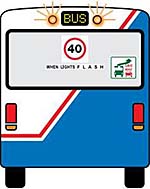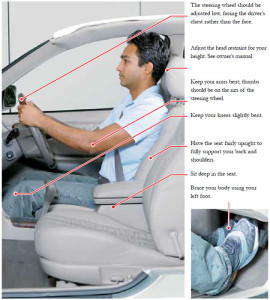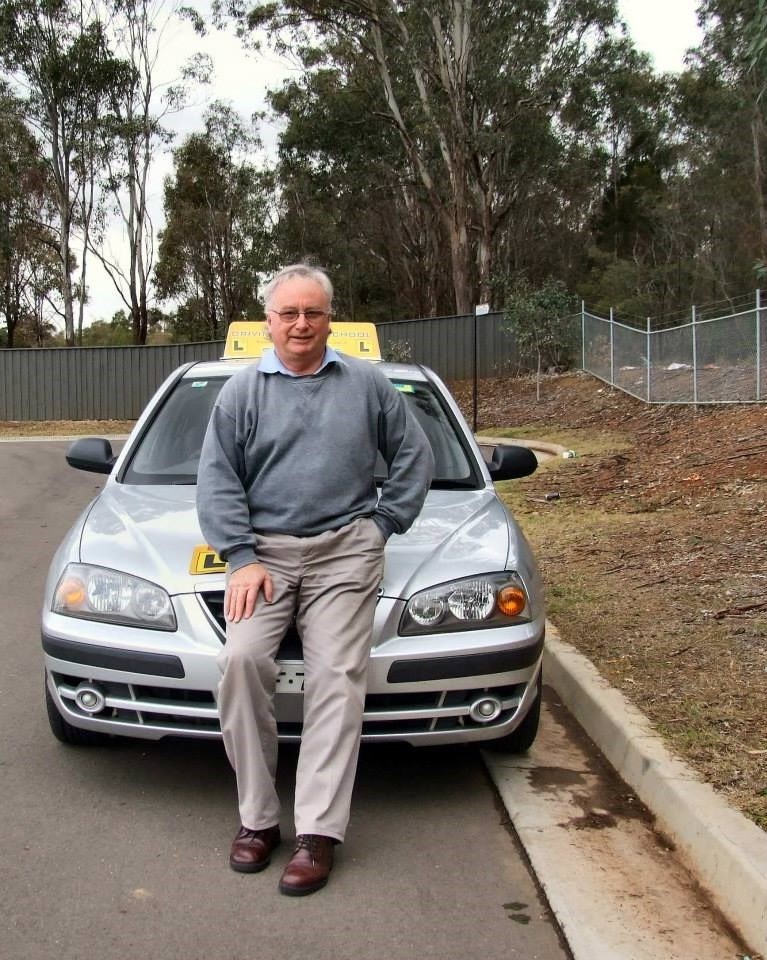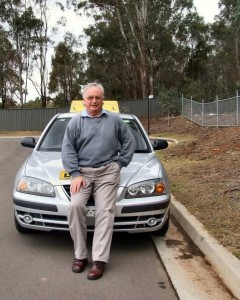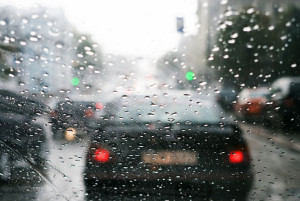Are you driving blind? Get your hand off it.
Research shows that being distracted when driving, such as by a mobile phone, increases the risk of a crash.
Simply taking your eyes off the road for longer than two seconds, doubles the risk of a crash.
A short lapse of concentration can have lifelong consequences.
See how far you travel when you take your eyes off the road for just two seconds:
Travel speed Metres travelled in 2 seconds
40 km/h 22.22
50 km/h 27.78
60 km/h 33.33
80 km/h 44.44
100 km/h 55.56
Overview
Our original Get your hand off it campaign has evolved to highlight the serious consequences of using your mobile phone illegally while driving, which could cost you or those you care about everything.
We – NSW RTA, have adapted the successful ‘Are you driving blind?’ mobile phone distraction campaign launched by the Queensland Department of Transport and Main Roads in March, 2015.
The campaign also encourages drivers to know the rules about mobile phone use.
Dangerous problem
Crash data from 2010 to 2014 showed there were 236 crashes where hand-held mobile phone use by drivers was identified as a contributing factor. This included seven fatal crashes and 116 injury crashes. These crash numbers are considered to be under-reported because of the difficulty of finding evidence of illegal mobile phone use at crash scenes. This suggests the size of the problem could be much greater.
From July 2014 to June 2015, more than 35,300 fines were issued to drivers in NSW for using hand-held mobile phones, showing the problem is still prevalent.
Research shows that males and females aged 17-39 years have the highest rate of claimed use while driving, and the greatest involvement in crashes where hand-held mobile phone use is a factor.
Main messages
It’s not worth it. Get your hand off it
At 60 km/h if you look at your phone while driving for just two seconds, you travel 33 metres blind



